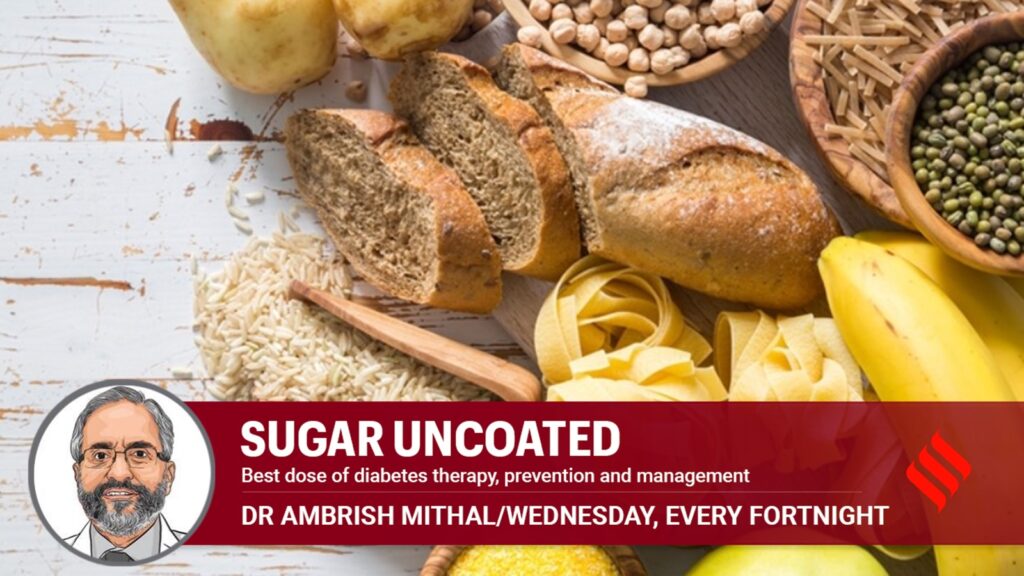We do know that what and how much we eat plays a major role in our health. And while a balanced diet must have all three macronutrients, carbohydrates, proteins and fats, we seem to have a lot of questions about the first and how to have them.
We need some carbohydrate-containing foods in every meal. The actual daily amount depends on your age, activity levels and your weight goals.

LET’S UNDERSTAND CARBOHYDRATES
Carbs are usually the first major food group people restrict in their diet when they want to lose weight. We tend to associate the word with simple carbohydrates like rice, breads, pastas and rotis, which break down quickly in the body. But fruits and vegetables are also carbs, which are the preferred source of energy for our body, including the brain. Broadly speaking there are three main types of carbohydrates in food — starch (such as bread, rice, pasta, potatoes) sugar (fructose in fruits, lactose in milk) and fibre (present in vegetables, whole grains, fruits and whole pulses).
Carbs can be divided into “good” and “bad.” Good (or complex) carbs don’t raise blood glucose quickly because of their fibre content. If eaten in correct portions, they won’t lead to weight gain and may even promote weight loss. Non-starchy vegetables like lettuce, cucumbers, broccoli, tomatoes, and green beans have a lot of fibre and can be consumed liberally by people with diabetes. Such high fibre foods can help manage cholesterol and fatty liver disease. Besides, vegetables are rich in minerals and vitamins which are essential micronutrients, help reduce inflammation, and feed the gut microbiome.
Bad (or refined) carbs, like white bread, cookies and sugary sodas or anything made out of refined white flour cause blood glucose to rise quickly and will cause weight gain and inflammation in the body. These should be avoided.
Somewhere in between lie fruits like apples, blueberries, strawberries, whole intact grains like millets, brown rice, whole wheat bread, beans and lentils. These can be consumed but not ad libitum.
Lowering the share of overall daily calories that comes from carbohydrates to <55% is beneficial.
CARBS AT DINNER
Start with a 9-inch plate. Fill half of it with vegetables, one quarter with protein and one quarter with high-fibre grains/cereals.
Keep a minimum gap of 2 or 3 hours between dinner and bedtime. This avoids indigestion and sleeping problems and may lower the fasting blood sugar value. Even a few minutes of physical activity after every meal helps in reducing blood sugar spikes. An after-dinner walk till the colony gate or going up the stairs can aid in diabetes control. The worst practice is to sink into the sofa after dinner, munch some snacks and doze off.
Those on insulin are advised a healthy bedtime snack (non-carb, non-fat) to avoid nocturnal dips in blood sugar levels. Reduce carbs in breakfast too, as the dawn phenomenon may result in a big spike and adversely impact blood sugars throughout the day.
Having a light and early dinner with a minimum amount of refined, simple carbs may be a good idea for all, but in particular for those with diabetes.
(Dr Mithal is chairman of endocrinology and diabetes at Max Healthcare)

